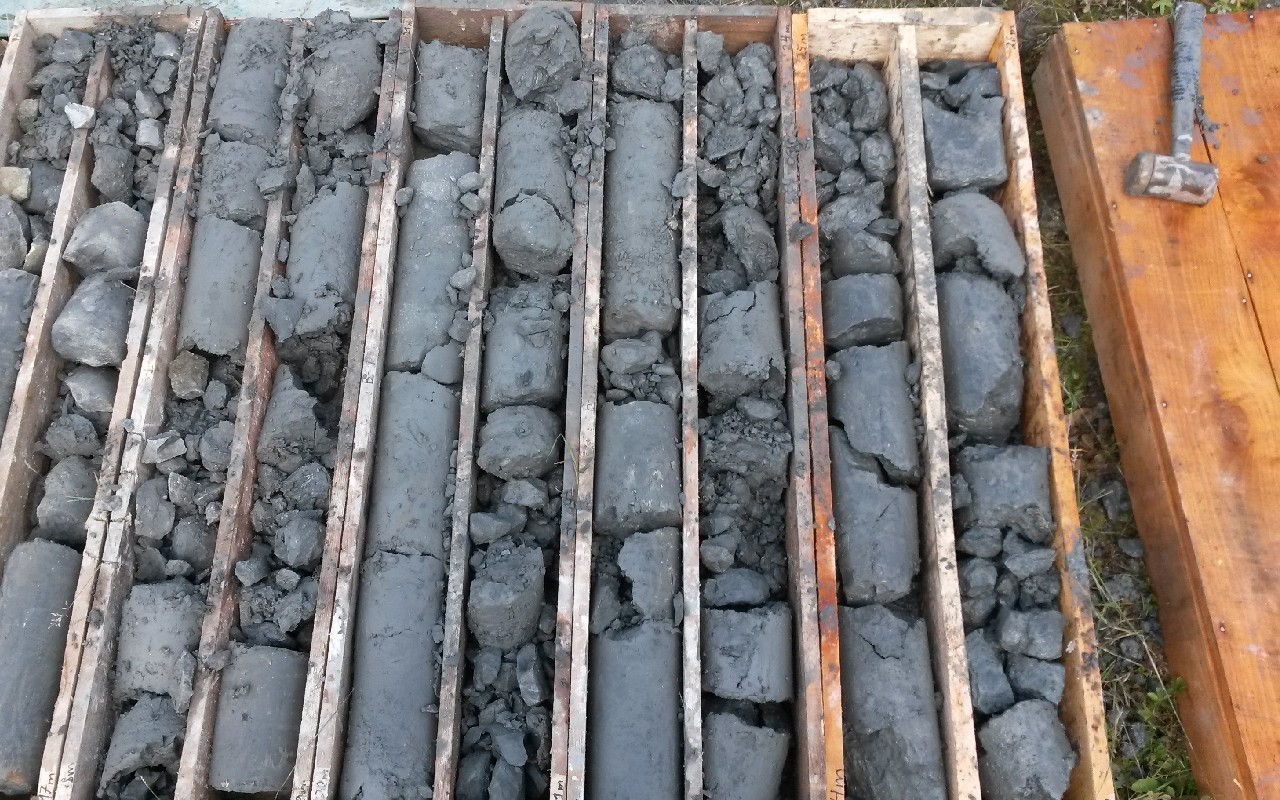When planning a building project, the subsoil must always be explored. Sometimes the subsoil harbours increased risks, so-called geohazards. In the north of Germany, for example, salt dome elevations pose a potential risk of sinkholes due to leaching processes. In this case, there are recommendations for constructive measures to reduce the risk of sinkholes for a planned development.
In the case of a construction project in Sarstedt, the positioning of the actual salt dome edge was imprecise due to the available data, so that the client decided to carry out a detailed investigation in order to be able to exclude a possible subsoil risk if necessary.
For this purpose, two deep boreholes were drilled on the construction site in addition to the exploration work for the preparation of a geotechnical report in order to determine whether leachable rock is actually present in the subsoil of the study area. No signs of leachable rocks or cap rocks of the salt dome were found during the drilling work.
Under the Quaternary cover, Cretaceous bedrock was encountered in both boreholes, whereby one of the boreholes exposed Upper Cretaceous limestones over the depth profile, while Lower Cretaceous clay to clay marly rocks were encountered in the borehole closer to the salt dome. These are the Cretaceous layers deposited in the course of the halokinesis of the Sarstedt salt dome on the northern salt dome flank.
Thus, the exploratory drillings proved that the salt dome edge was outside the planned construction project and that the risk of sinkholes is therefore not increased.
Thus, nothing stood in the way of building on the site without further safety measures.


